Lifting heavy weights, training on a regular basis and playing lots of sports can increase your strength, boost your fitness, build muscle and be very enjoyable and healthy activities but can also be hard on your body. While your muscles are the engine for movement it is your joints that usually suffer the brunt of your efforts and often end up showing signs of premature wear and tear as a result.
A joint is the name for the part of your body where two or more bones come together. Some joints are freely moveable, such as your hips and shoulders, and some are less moveable such as your spine. Many of the joints in your body are often required to support large loads when you exercise or play sport, in particular your knees and in the case of upper body exercises, your wrists.
For such a small joint, your wrists can take a hammering when you work out especially in exercises like the bench press, overhead press and even the back squat. For some exercisers, this frequent exposure to heavy or awkward loads can result in wrist pain.
Ideally, you should be able to keep your wrists reasonably straight when you exercise so that your thumb is directly in line with your forearm but while this position is optimal, as anyone who has ever benched heavy weights knows, it?s not always possible or practical. Sometimes, even with the best will in the world, your wrists will end up being bent backward ? a position called hyperextension.
Years of forced hyperextension of your wrists, as you experience in heavy bench pressing, can cause damage to your wrist ligaments and even the bony aspect of the joint which can lead to osteoarthritis which can be very debilitating and could even curtail heavy training. Needless to say, it pays to look after your wrists!
Of course, you should do all that you can to keep your wrists healthy by doing your workouts with good technique and performing a variety of exercises to strengthen your hands, wrists and forearms but, in addition, you can also use wrist supports to help take the strain.
There are several different types of wrist supports available which all offer advantages and disadvantages.
Neoprene wrist supports offer moderate support, are soft and comfortable and keep your wrists warm. They also provide a layer of padding between your hand and the bar. Neoprene wrist supports can be worn for your entire workout and can be used on one or both wrists.
In contrast, for more ?serious? wrist support, you might like to consider wrist wraps. Wrist wraps are made of stiff, elasticated material with a thumb loop at one end and Velcro at the other. They are wrapped tightly around your wrist and offer a lot of support but little in the way of warmth. Ideal for heavy bench pressing, overhead pressing and squats, wrist wraps are not usually suitable for wearing for extended periods of time and most people take them off between sets. Wrist wraps are always used in pairs.
As well as offering lots of support in pushing-type exercises, wrist wraps can also increase the strength of your grip in pulling exercises as they help to keep your hand closed. This can be useful in heavy deadlifts and rowing exercises. However, if you need serious grip assistance, you?d be better off using wrists straps rather than wrist wraps.
Somewhere in between these two are pull-on elasticated wrist supports which offer a light support but are not especially warming.
Some weight training gloves have built in wrists supports which can be useful as it saves you having to use to separate pieces of equipment although the support is not normally as good as you?d get from dedicated wrist supports.
Wrist supports, be they made or neoprene or elastic, can help prevent and even treat wrist pain and discomfort which can prolong your workout career considerably. Painful wrists are very hard to work around so anything that protects your wrists is worth considering. Of course, if you have any kind of wrist pain, you should get it checked out by your doctor.
To prevent wrist problems in the first place, always be mindful of the position of your wrists and avoid forced hyperextension. Painful wrists can adversely affect more than just the exercises you do in the gym so make sure you look after this often overlooked joint. Wearing wrist supports can prevent wrist problems developing in the first place and, as the saying goes, an ounce of prevention is worth a pound of cure!

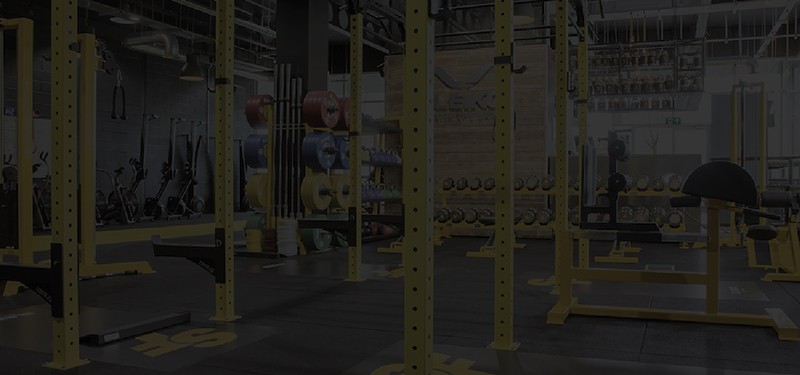
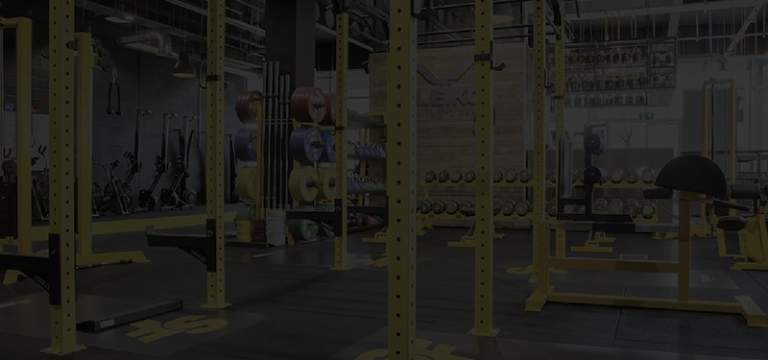
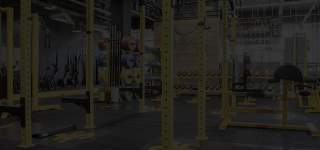
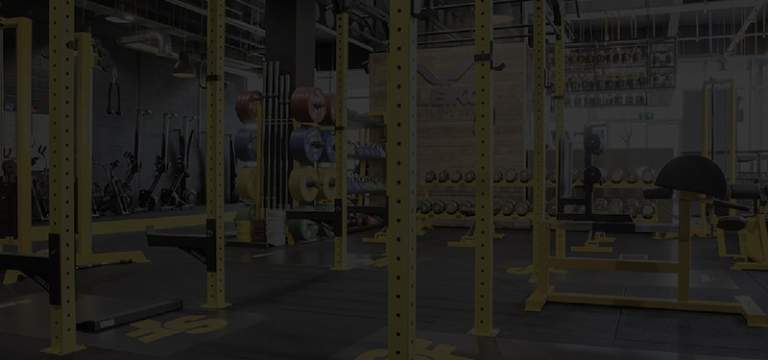
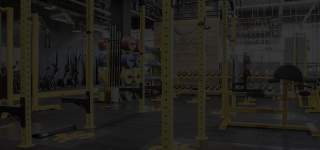


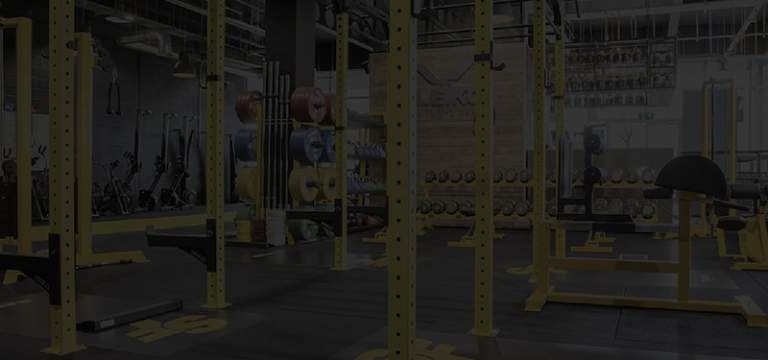

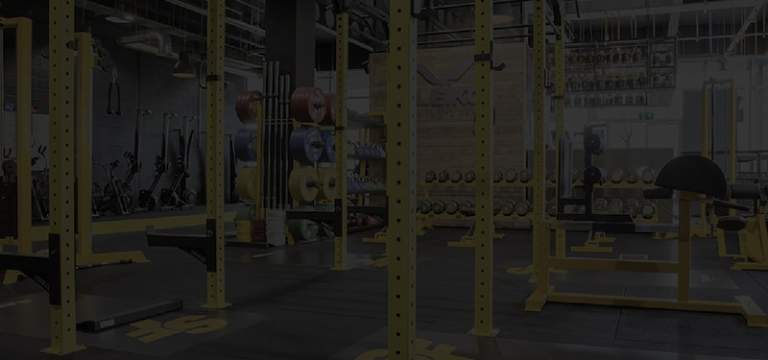
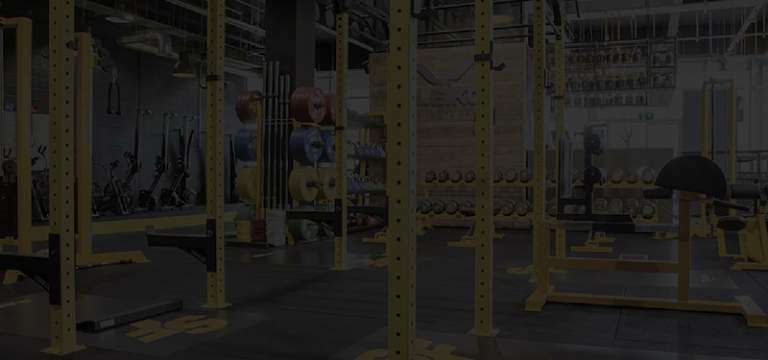
192 Comments
Comments are closed.